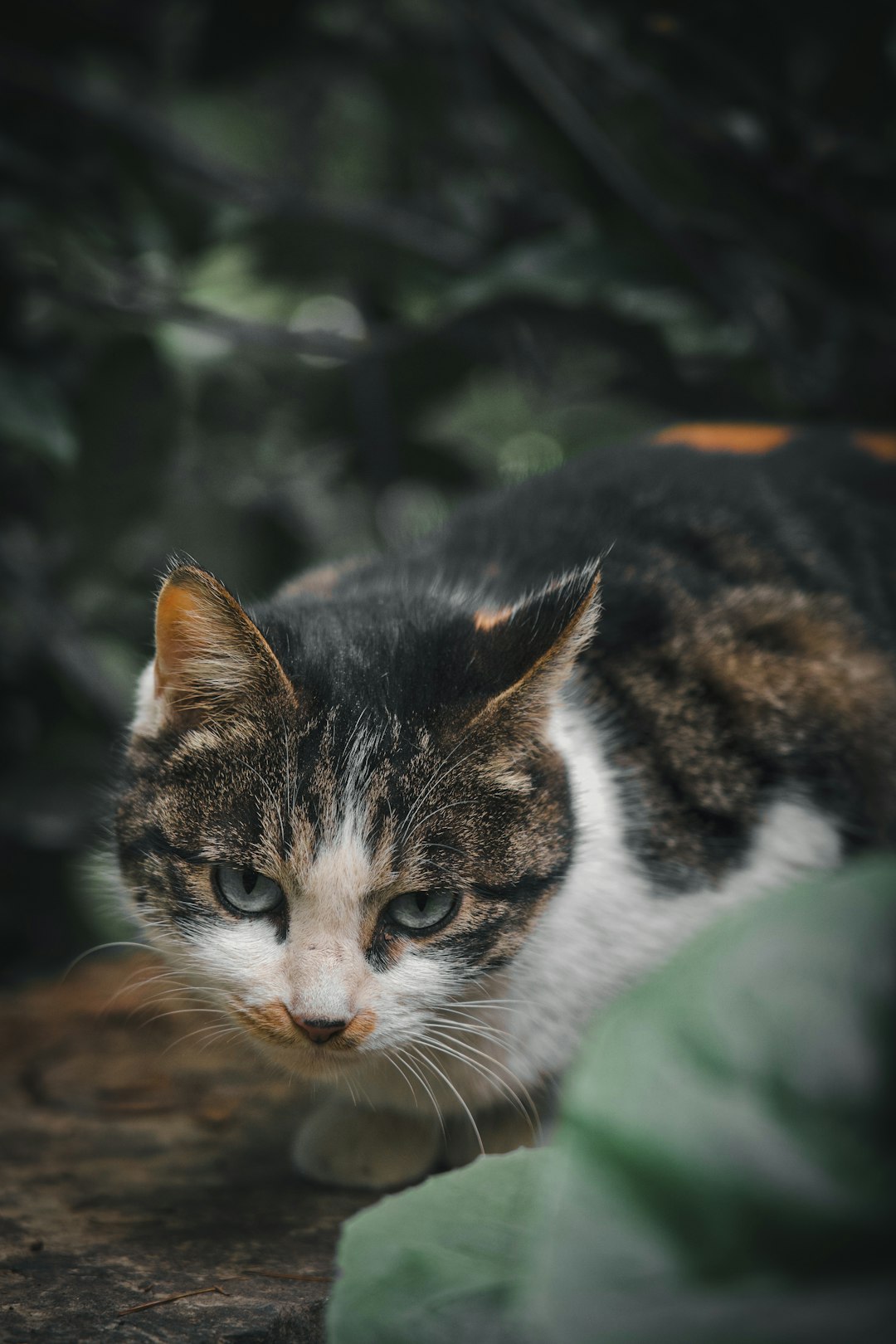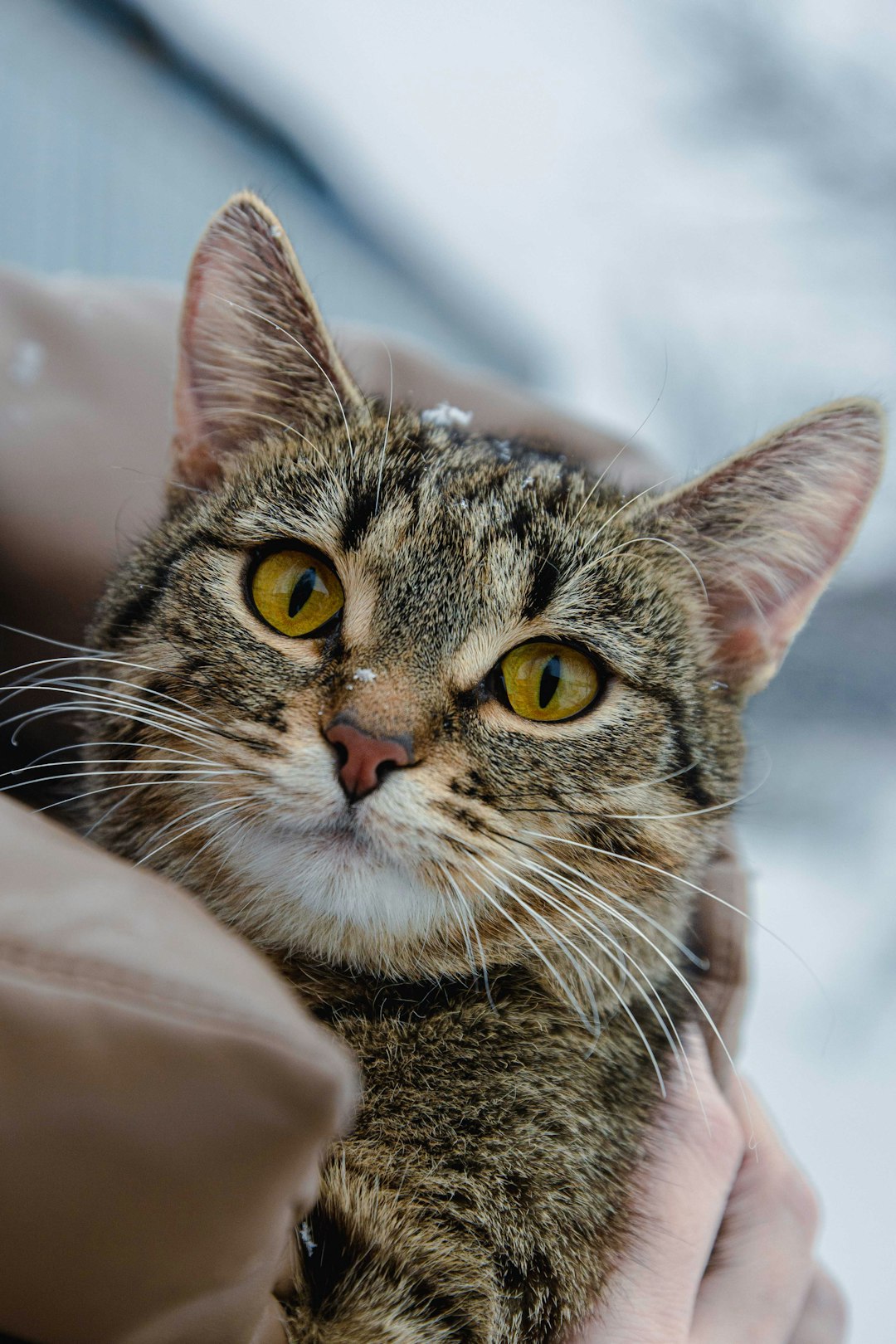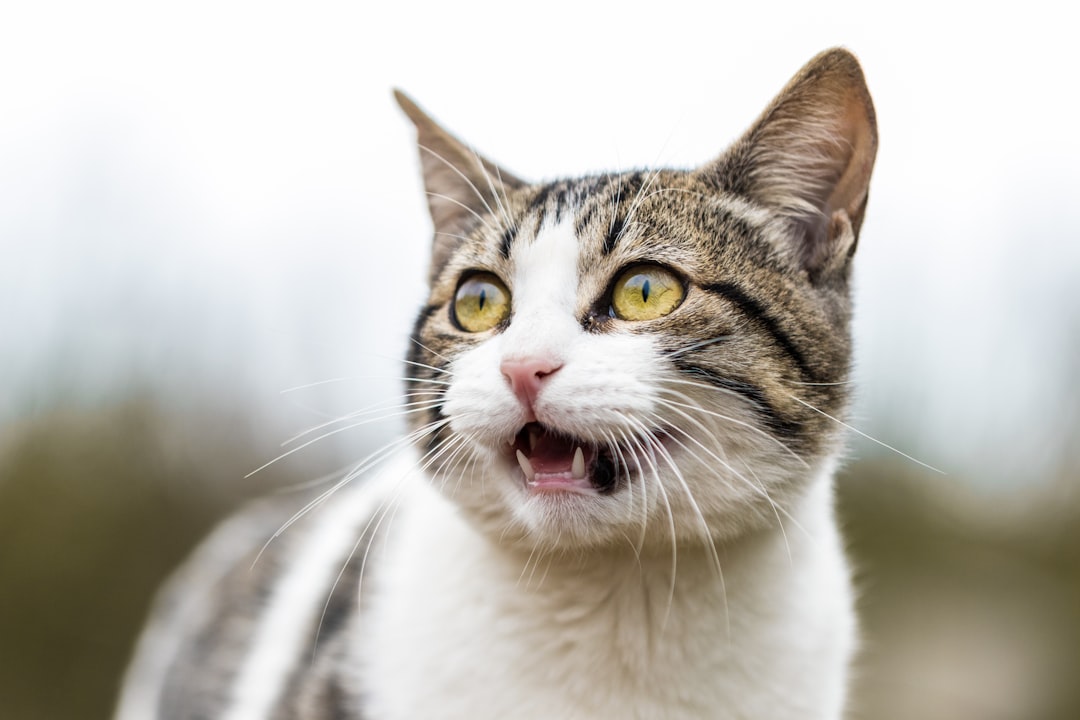Discovering a big chunk of fur on my cat’s back can be concerning for any pet owner. While it may seem like a minor issue, it often signifies underlying health problems or insufficient grooming. Understanding the cause of this fur buildup is essential, as it guides you on the appropriate next steps. In this post, we will explore various solutions, from effective grooming techniques to home remedies, ensuring that your feline friend remains healthy and comfortable. Furthermore, we’ll discuss preventive measures to keep your cat’s coat in tip-top shape.
Understanding the Cause of the Fur Buildup
When you notice a big chunk of fur on your cat’s back, it’s essential to understand what might be causing this buildup. Several factors contribute to excess fur clumping, including:
Shedding: Cats naturally shed fur, but excessive shedding can lead to clumps. Consider the season; many cats shed more during spring or fall.
Grooming Frequency: Cats groom themselves to keep clean, but some may not groom every area effectively. An inadequate grooming routine may result in a big chunk of fur on my cat’s back.
Health Issues: Conditions such as obesity or arthritis can impair mobility, making it difficult for cats to reach certain areas. Additionally, skin irritations or allergies may cause a cat to avoid grooming altogether.
Stress and Anxiety: Behavioral issues can also contribute. Stressed or anxious cats may neglect their usual grooming habits, leading to fur buildup.
Identifying the root cause of this big chunk of fur on my cat’s back is critical in managing it effectively.
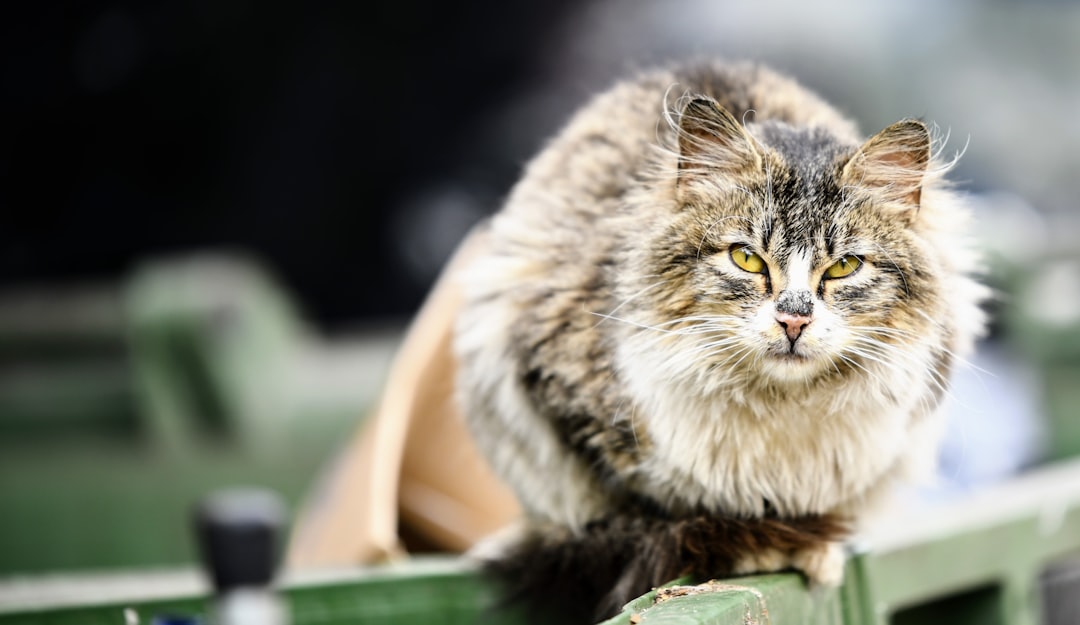
Identifying Potential Health Issues
When you notice a big chunk of fur on my cat’s back, it may indicate underlying health issues. Here are some potential problems to consider:
Skin Conditions: Conditions like dermatitis or fungal infections can cause fur to clump due to inflammation or irritation.
Parasites: Fleas, ticks, or mites can lead to excessive scratching, resulting in a big chunk of fur on my cat’s back. Regular checks for parasites are essential.
Allergies: Allergic reactions to food or environmental factors could cause your cat to groom excessively, leading to fur buildups.
Obesity: Overweight cats may struggle to groom themselves properly, giving rise to tangles or clumps of fur.
To ensure your cat’s health:
- Monitor Grooming Habits: Observe how often and how much your cat grooms.
- Inspect Skin: Look for red, inflamed, or flaky patches.
- Check for Parasites: Regularly check and treat for any pests.
If you suspect a health issue, consult your veterinarian. Early detection can make a significant difference in your cat’s well-being and comfort.
Grooming Techniques to Manage Excess Fur
Dealing with a big chunk of fur on my cat’s back can be challenging, but regular grooming can significantly help. Here are some effective techniques you can use:
Brush Regularly: Invest in a quality cat brush. For long-haired breeds, consider a slicker brush to reach the undercoat. Short-haired cats benefit from rubber or bristle brushes.
Use a De-shedding Tool: These tools work wonders for removing loose fur and minimizing the big chunk of fur on my cat’s back. Use them gently to avoid skin irritation.
Bathing: Occasionally bathing your cat in a mild cat shampoo can help remove fur clumps and keep their coat clean. Ensure you dry them thoroughly afterward.
Check for Mats: If you find a big chunk of fur on my cat’s back, look for mats. Use scissors with caution or a mat splitter to carefully remove them.
Create a Routine: Schedule grooming sessions weekly. This builds trust and ensures that you catch any fur buildup early, preventing the dreaded big chunk of fur from developing again.
By adopting these grooming techniques, you can effectively manage excess fur on your cat and ensure they remain comfortable and healthy.
Home Remedies for Removing Fur Clumps
If you notice a big chunk of fur on my cat’s back, it’s essential to address it not just for aesthetics but also for your cat’s comfort. Here are some effective home remedies to help you manage and remove those pesky fur clumps:
Coconut Oil: Applying a small amount of coconut oil to the affected area can help loosen the fur. Gently massage it in, then use a cat brush to remove the moistened fur.
Olive Oil: Similar to coconut oil, olive oil can soften the fur clumps. Apply it sparingly, allow it to sit for a few minutes, and then brush out the loosened fur.
Warm Water Bath: If your cat enjoys baths, a warm water bath with a mild cat shampoo may help. The warm water softens the fur, making it easier to untangle.
Homemade Comb Mixture: Mix one part conditioner with two parts water in a spray bottle. Lightly mist the fur clumps, then use a comb to gently detach the tangled hair.
Remember, while these remedies can be helpful, constantly spotting a big chunk of fur on my cat’s back may indicate underlying issues. Always observe your cat’s behavior and comfort level!
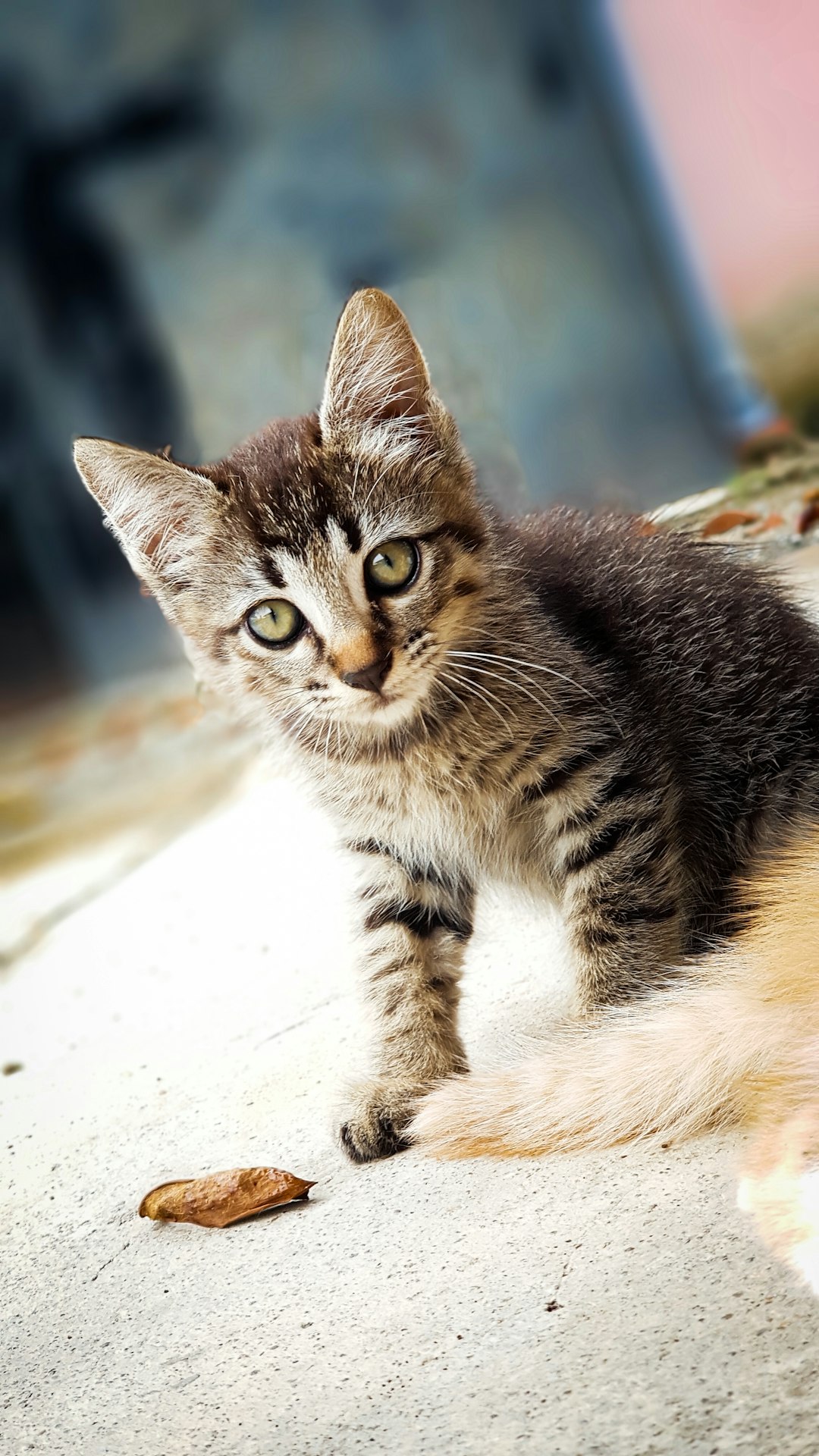
When to Consider Professional Grooming
If you notice a big chunk of fur on my cat back, it may be time to consider professional grooming. Here are some signs that indicate it’s best to seek help from a groomer:
Severe Matting: If you see knots that you can’t easily brush out, professional groomers have the tools and expertise to safely remove mats without causing pain to your cat.
Frequent Fur Buildup: A repeated occurrence of a big chunk of fur on my cat back, despite regular grooming, may signal that your grooming routine isn’t effective enough.
Skin Issues: If you spot any skin irritation, redness, or other abnormalities, a groomer can help assess the situation and recommend further action.
Behavioral Issues During Grooming: If your cat becomes excessively stressed or aggressive when you groom them, a professional may be able to manage their anxiety better.
Benefits of Professional Grooming:
- Specialized techniques ensure thorough cleaning and care.
- Groomers can identify and address underlying health issues.
- Reduces the risk of future fur buildup.
In summary, don’t hesitate to seek professional help if your cat consistently develops a big chunk of fur on their back. It may improve both their appearance and comfort!
Tips for Preventing Future Fur Buildup
To avoid encountering that big chunk of fur on my cat’s back, consider implementing the following effective strategies:
Regular Grooming: Establish a grooming routine with brushes specifically designed for your cat’s coat type. Aim for at least 2-3 times a week to keep shedding under control.
Balanced Diet: Provide high-quality cat food rich in essential fatty acids. A healthy diet can improve skin health, reducing excessive shedding.
Hydration: Ensure your cat always has access to fresh water, as hydration helps maintain skin elasticity and prevents dry fur.
Stress Reduction: Minimize stress factors in your cat’s environment. Establish safe spaces and provide engaging toys to keep them mentally stimulated.
Regular Veterinary Check-ups: Schedule routine vet visits. Health issues, like allergies or skin conditions, can lead to fur buildup. Your vet can help identify these problems early.
By actively addressing these areas, you can significantly diminish the likelihood of that big chunk of fur on my cat’s back becoming a recurring issue.
Discussing Dietary Considerations
Understanding how diet affects your cat’s coat is essential, especially when dealing with a big chunk of fur on my cat back. A balanced diet promotes healthy skin and fur, minimizing excessive shedding and clumping. Here are key points to consider:
- High-Quality Proteins: Ensure your cat’s food includes animal-based proteins. Quality sources lead to stronger fur and less buildup.
- Omega Fatty Acids: Foods rich in omega-3 and omega-6 fatty acids can significantly improve coat health. Look for ingredients like fish oil or flaxseed oil.
- Hydration: Cats often don’t drink enough water. Proper hydration helps maintain skin elasticity, reducing the chances of tangles or clumps.
- Fiber Content: A diet with adequate fiber aids in digestion, reducing the likelihood of hairballs that can contribute to a big chunk of fur on my cat back.
Comparison Table: Key Dietary Elements
| Nutritional Element | Benefits |
|---|---|
| High-Quality Proteins | Strengthens fur and reduces shedding |
| Omega Fatty Acids | Improves coat luster and health |
| Adequate Hydration | Maintains skin elasticity |
| Sufficient Fiber | Aids in digestion and hairball prevention |
By addressing these dietary considerations, you can help manage that big chunk of fur on my cat back effectively.

Seeking Veterinary Advice for Persistent Issues
If you notice a big chunk of fur on my cat back that doesn’t seem to improve with grooming or home remedies, it’s time to consult a veterinarian. Persistent fur clumps may indicate underlying health problems that require professional attention. Here’s why seeking veterinary advice is important:
- Identify underlying health concerns: Medical issues such as allergies, skin infections, or hormonal imbalances could contribute to fur buildup.
- Tailored treatment plan: A vet can evaluate your cat’s overall health and create a specific grooming or medical plan.
- Prevent complications: Addressing issues early can prevent further complications, such as skin irritation or infections caused by excessive grooming or scratching.
When to See a Vet:
- The big chunk of fur on my cat back doesn’t improve after consistent grooming.
- You notice signs of discomfort, such as excessive scratching or biting.
- Your cat shows changes in behavior, appetite, or energy levels.
Remember, timely veterinary intervention is key to ensuring your feline companion stays healthy and comfortable. Don’t hesitate to seek help when needed!
Frequently Asked Questions
Why does my cat have a big chunk of fur missing from its back?
A large chunk of fur missing from your cat’s back can be caused by several factors. Common reasons include grooming issues, where cats may over-groom due to stress, allergies, or skin irritations. Additionally, localized skin infections, parasites like fleas or mites, and even certain underlying health issues may cause fur loss. It’s essential to observe any other symptoms, such as itching or redness, and consult with a veterinarian to determine the exact cause and appropriate treatment.
What should I do if I find a large clump of fur on my cat’s back?
If you notice a large clump of fur on your cat’s back, it might be crucial to check if it’s matted or if the fur is loose. Try gently running your fingers through the affected area; if it’s matted, do not pull at it, as this could hurt your cat. Instead, seek professional help for dematting. If the clump is loose, you can carefully remove it, but be sure to monitor the area for signs of irritation or injury. If you remain concerned, consult with your veterinarian.
Are there any home remedies for dealing with fur clumps on my cat?
Home remedies for dealing with fur clumps on your cat should be approached cautiously. You can use a pet-safe dematting comb or brush to gently work through any tangles, ensuring you do not pull or hurt your cat. Regular grooming can help prevent fur clumps and mats. Additionally, keeping your cat’s environment stress-free and providing them with a balanced diet can improve their coat health. However, if the clumps appear to be a sign of an underlying issue, it’s best to consult with a veterinarian.
When should I take my cat to the vet for fur issues?
Taking your cat to the vet for fur issues is advisable if you notice persistent fur loss, severe matting, signs of skin irritation, or if your cat appears to be in discomfort or pain. Additionally, if you see behavioral changes such as excessive grooming or withdrawal, these might indicate underlying health issues that need professional assessment. Regular veterinary check-ups can also help maintain your cat’s overall health, so don’t hesitate to schedule an appointment if you have concerns.

